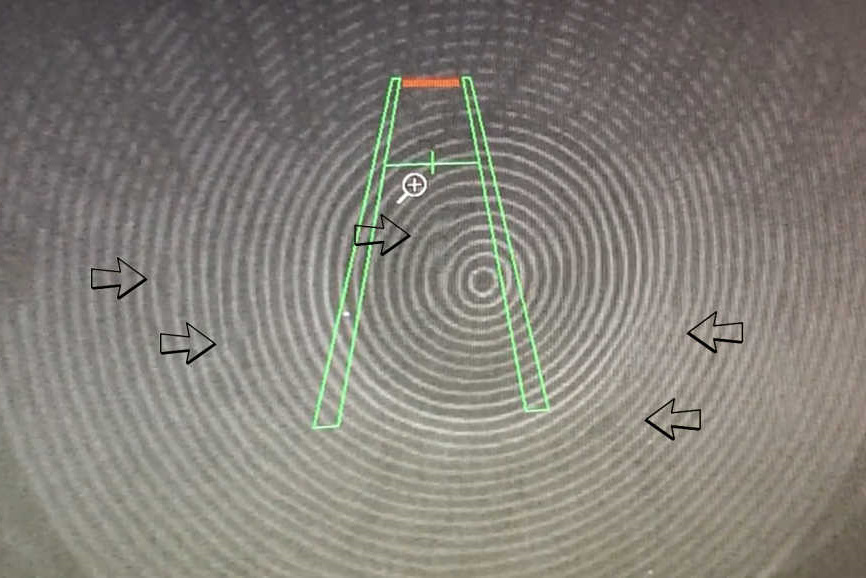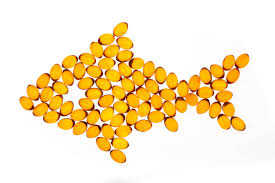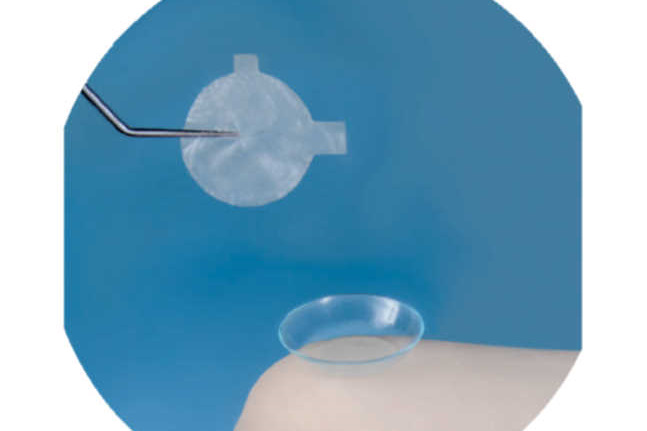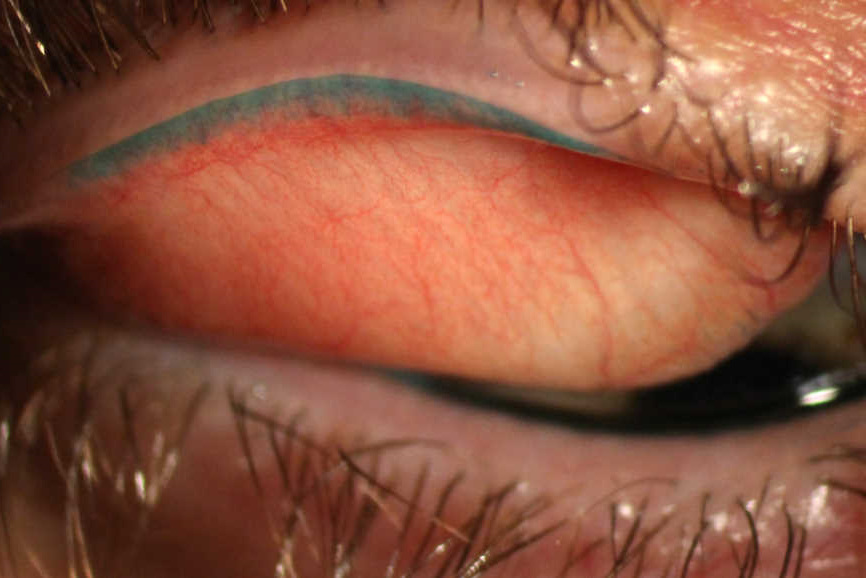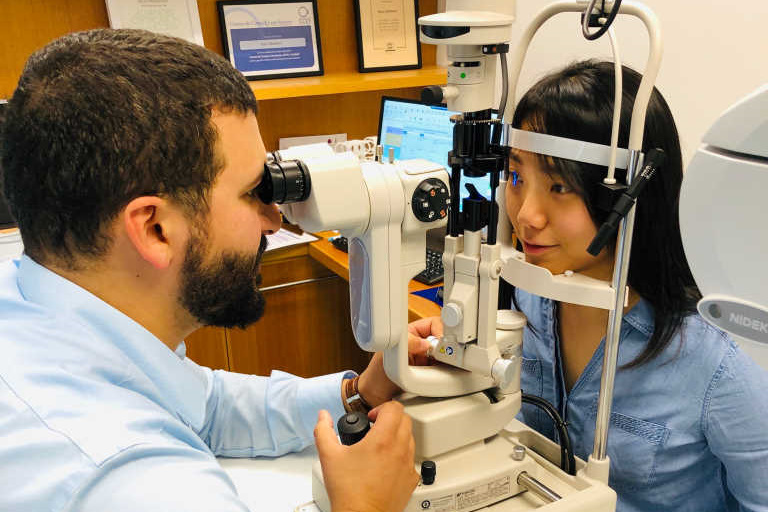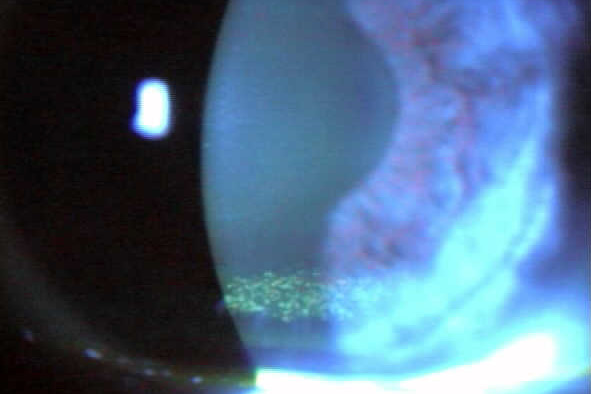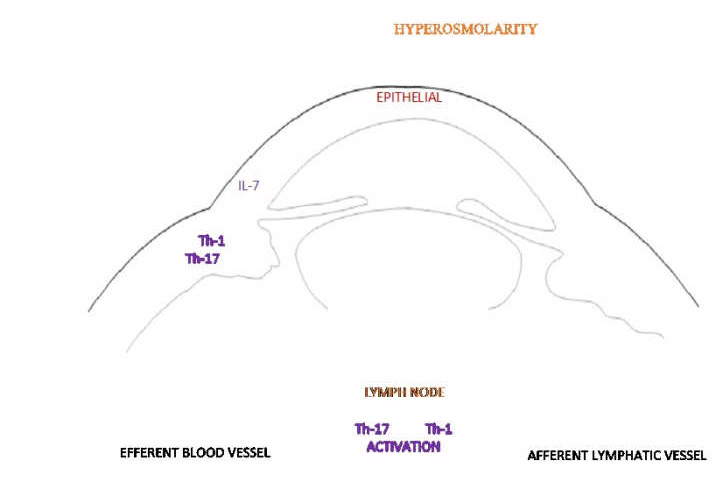OSL: Non-invasive tear film stability measurement techniques
Measurement of tear film breakup time is commonly used to assess tear film stability, which is important in diagnosing and monitoring dry eye disease (DED). Although sodium fluorescein instillation is traditionally used to visualise tear film breakup, there has been increasing recognition of its destabilising effects which can artificially shorten the tear film stability measurements obtained.
The recent TFOS DEWS II diagnostic methodology report therefore recommends automated, non-invasive measurement techniques, in preference to the traditional fluorescein method, with breakup times less than 10 seconds being indicative of instability.
A recent prospective, investigator-masked, diagnostic accuracy study conducted by the University of Auckland’s Ocular Surface Laboratory (OSL) compared the diagnostic ability of tear film stability measurements obtained from two commercially available, automated, non-invasive instruments - the Oculus Keratograph 5M and the Medmont E300 - in detecting other markers of DED, as defined by the global consensus TFOS DEWS II diagnostic criteria.
Based on a sample of 134 participants, assessed during Dr Joevy Lim’s BMedSci Honours project, the two instruments demonstrated comparable overall diagnostic performance for detecting signs and symptoms of DED. However, measurements obtained from the Medmont E300 were significantly longer than those from the Oculus Keratograph 5M, with greater intra-subject and inter-subject variability. A possible explanation for this observation lies in the presence of an eyepiece on the Medmont E300, that effectively shields the eye from the external environment.
Regardless, the similarity between the two suggests either automated, non-invasive instrument is suitable for measuring tear breakup time. But, as the measures are not directly inter-changeable, for best results, practices should employ a single device.










